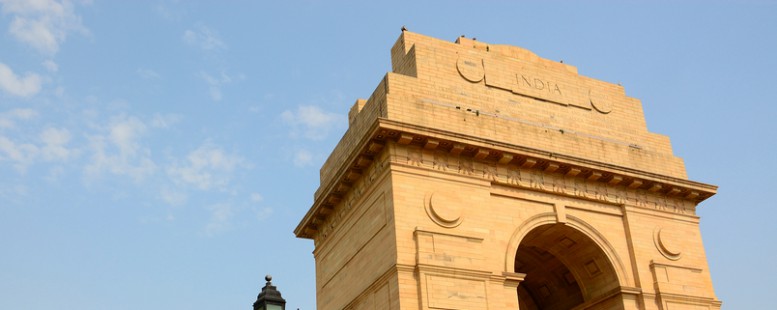Our Opinion: 2020
India’s collapsing economy

India faces a terrible choice. Most countries are grappling with a trade-off between lives and livelihoods, but in an economy where more than 80% of people live on less than $5.50 a day, lockdowns are proving an unaffordable luxury.
Prime Minister Narendra Modi imposed one of the world’s toughest lockdowns
on 25 March. Curbs have been eased recently, yet infections have not peaked and a lack of testing hardly helps: as of 30 April, New York state had tested more people for Covid-19 than the whole of India.
The economic data for April was shocking. The services purchasing managers’ index (PMI) plunged to just 5.4 last month (readings below 50 imply contraction), suggesting that the sector, worth half of GDP, effectively vanished. The nadir of China’s equivalent gauge was 26.5.
GDP is set to fall 20% year-on-year in the second quarter.
Developed countries have served up massive fiscal support to cushion the blow
of lockdowns. Until recently, India’s support package had amounted to a measly 1.1% of GDP. Some economists said India needs stimulus of at least 5% to mitigate the worst economic and social effects of the pandemic. Modi then promised them 10%.
The figure has surprised investors, given that government debt has already reached a comparatively high 70% of GDP. This could put India’s investment-grade sovereign credit rating on the line. In normal times, that could unnerve global investors and prompt them to withdraw money from the economy. But India has a record of being able to embrace tough structural reforms, which bolster long-term growth, in
a crisis – witness its embrace of market forces during the balance-of-payments drama of 1991. Modi’s rare outright parliamentary majority bodes well this time.
There is plenty to do. The Covid-19 lockdown has empowered bureaucrats, and the torrid backdrop has wiped a quarter off the Stock Market this year.
The risk-tolerant think that this might be an opportunity to buy into the long-term growth of an economy where half of the population is under 25 at a comparative bargain.
22nd May 2020
